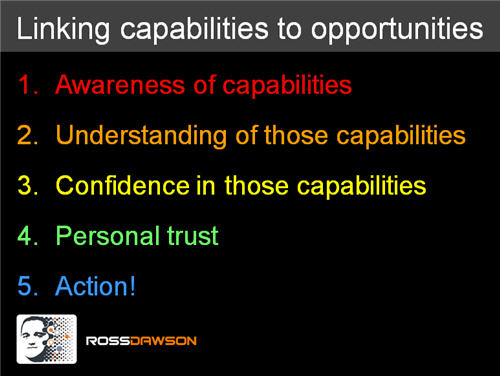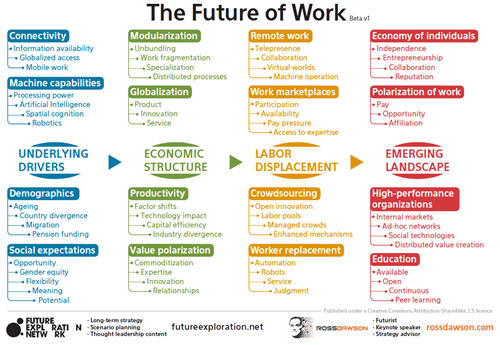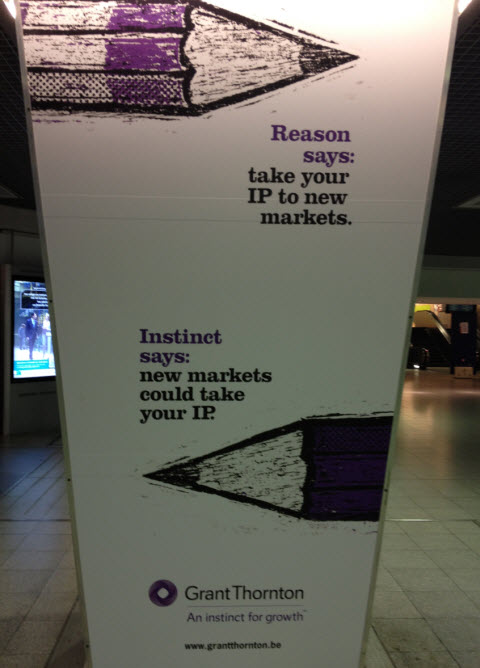How to prepare for the jobs of the future: Learning, Love, Collaboration, Design
A little while back I was interviewed for a cover story on the jobs of the future for the Careers section of the Sydney Morning Herald.
Here are the sections of the article that drew on my thoughts:
According to the futurist Ross Dawson, the world of work has always required employees to be on the front foot.
“Jobs have always disappeared and others come up,” he says. “It’s just that the pace of change has become far faster than ever before.”
Dawson say there are two overarching issues to consider when predicting which jobs will survive the next change to the work world: remote work and automation.
Employees with an eye to the future should ask themselves, “Is it is possible this work could be automated?” and “Is it possible that this work could be done by somebody else somewhere else in the world?”, he says.



